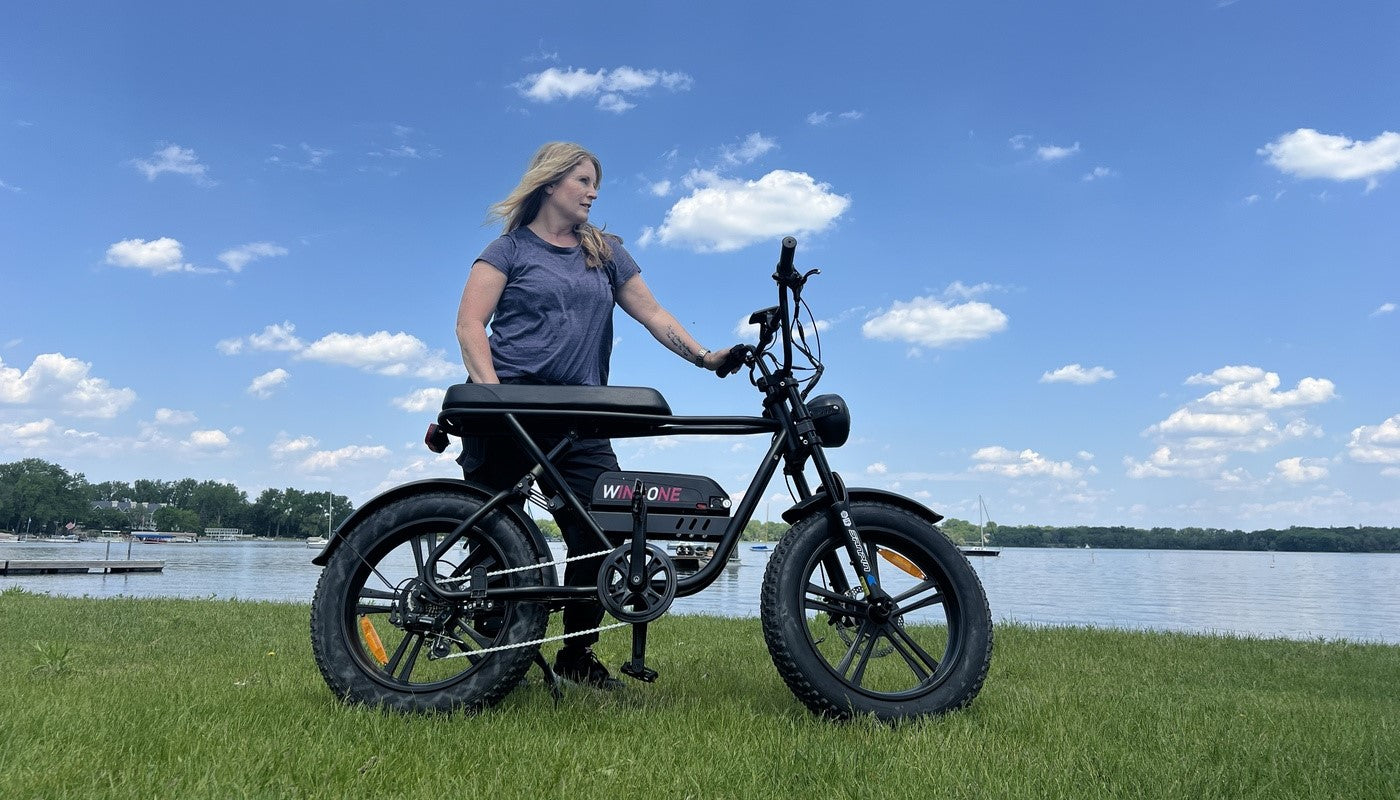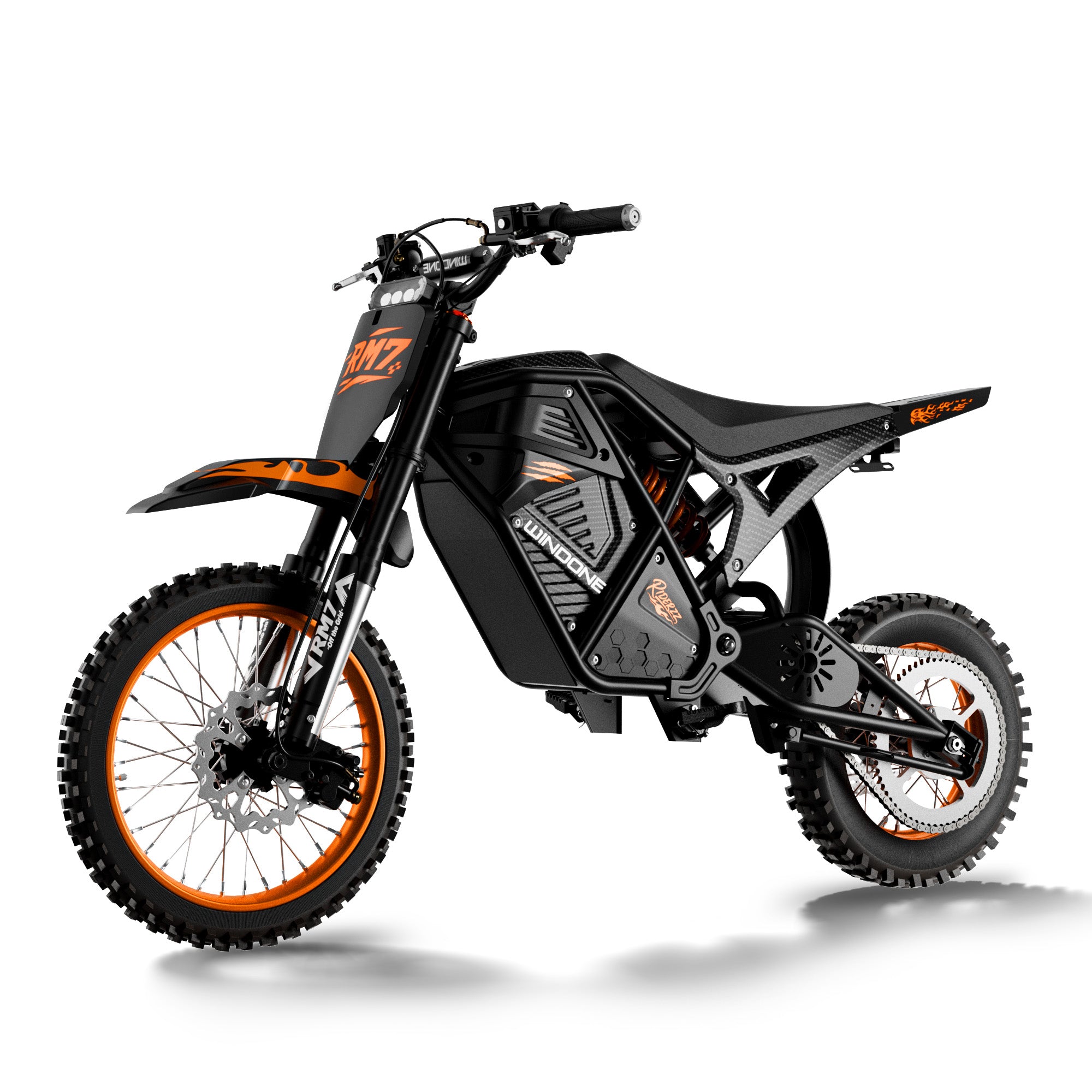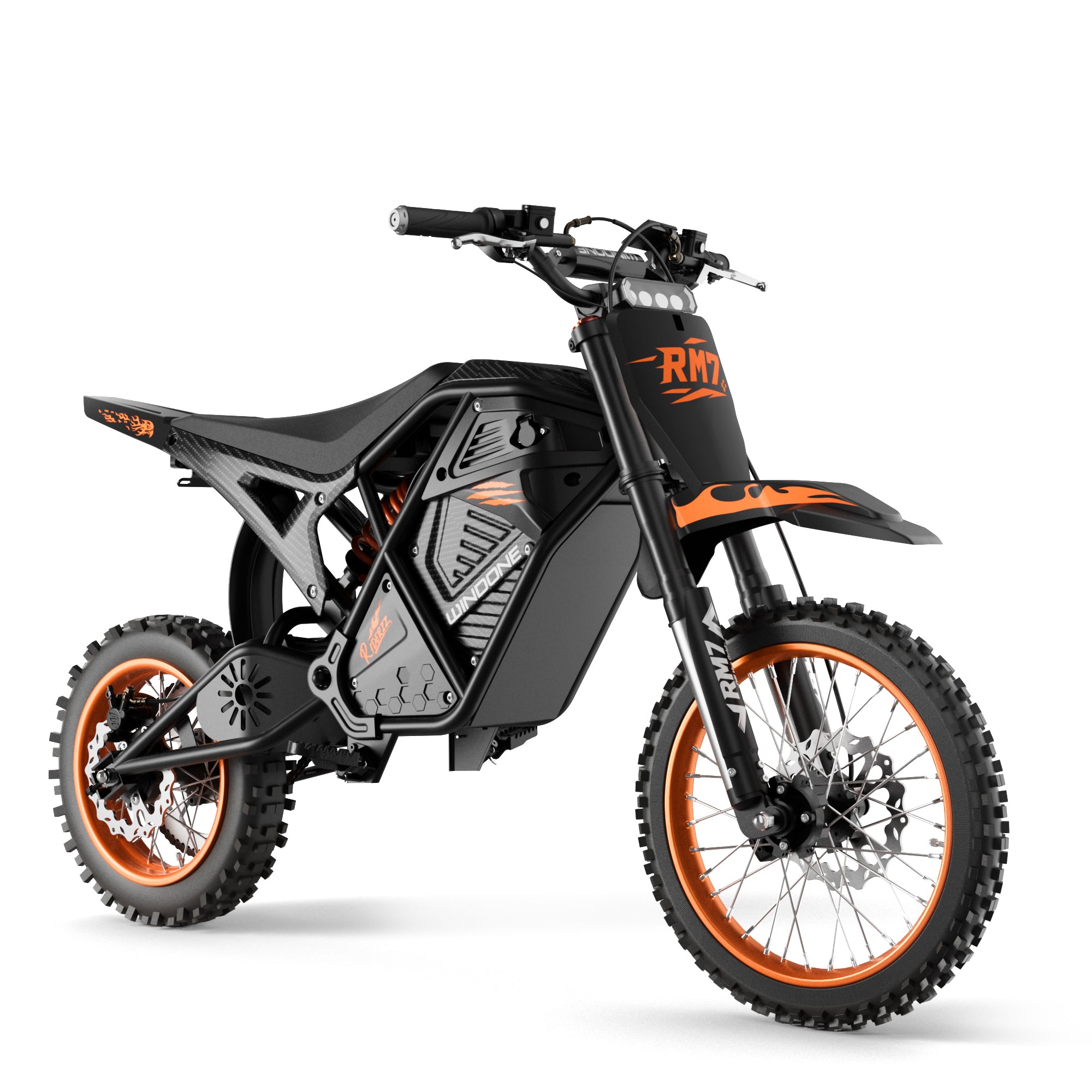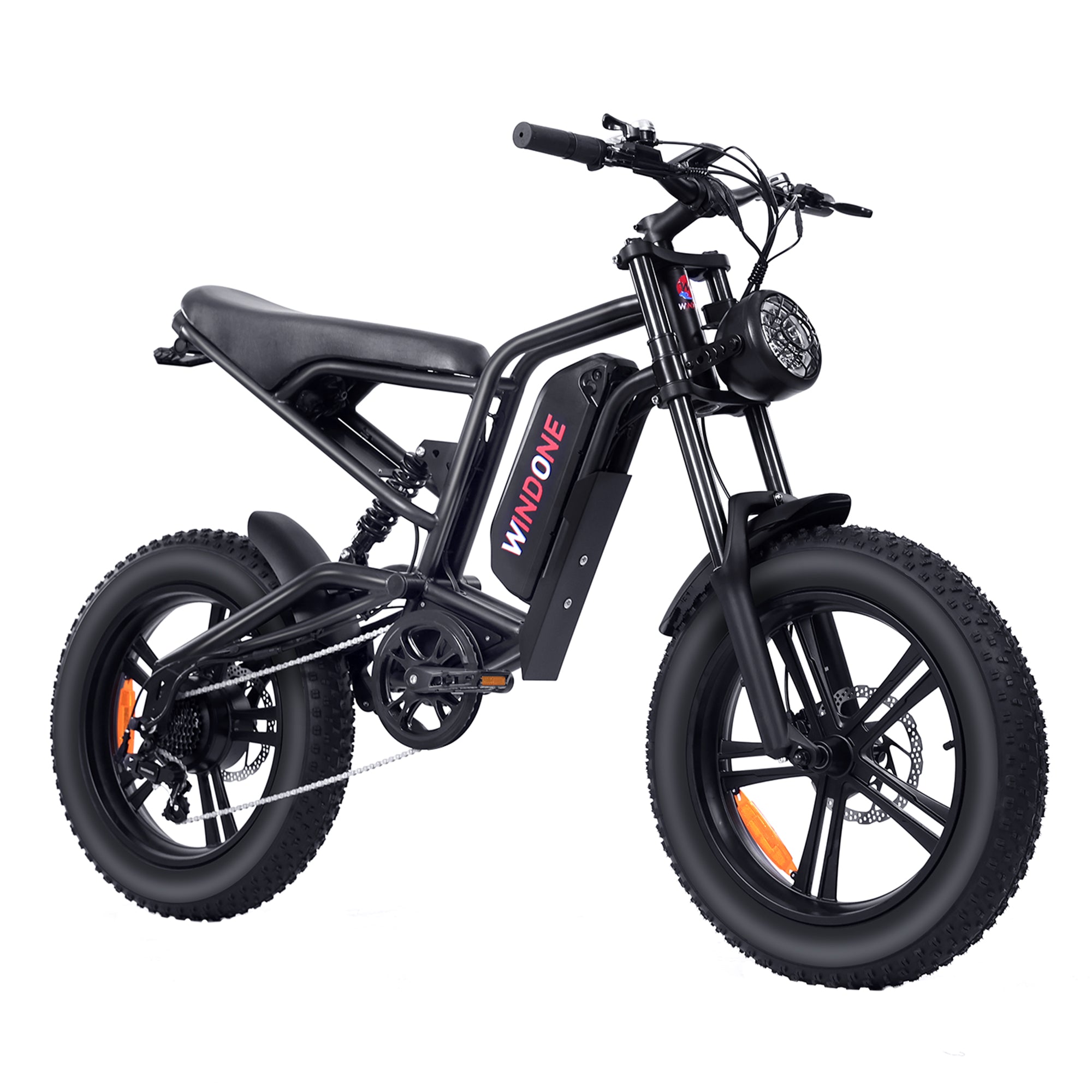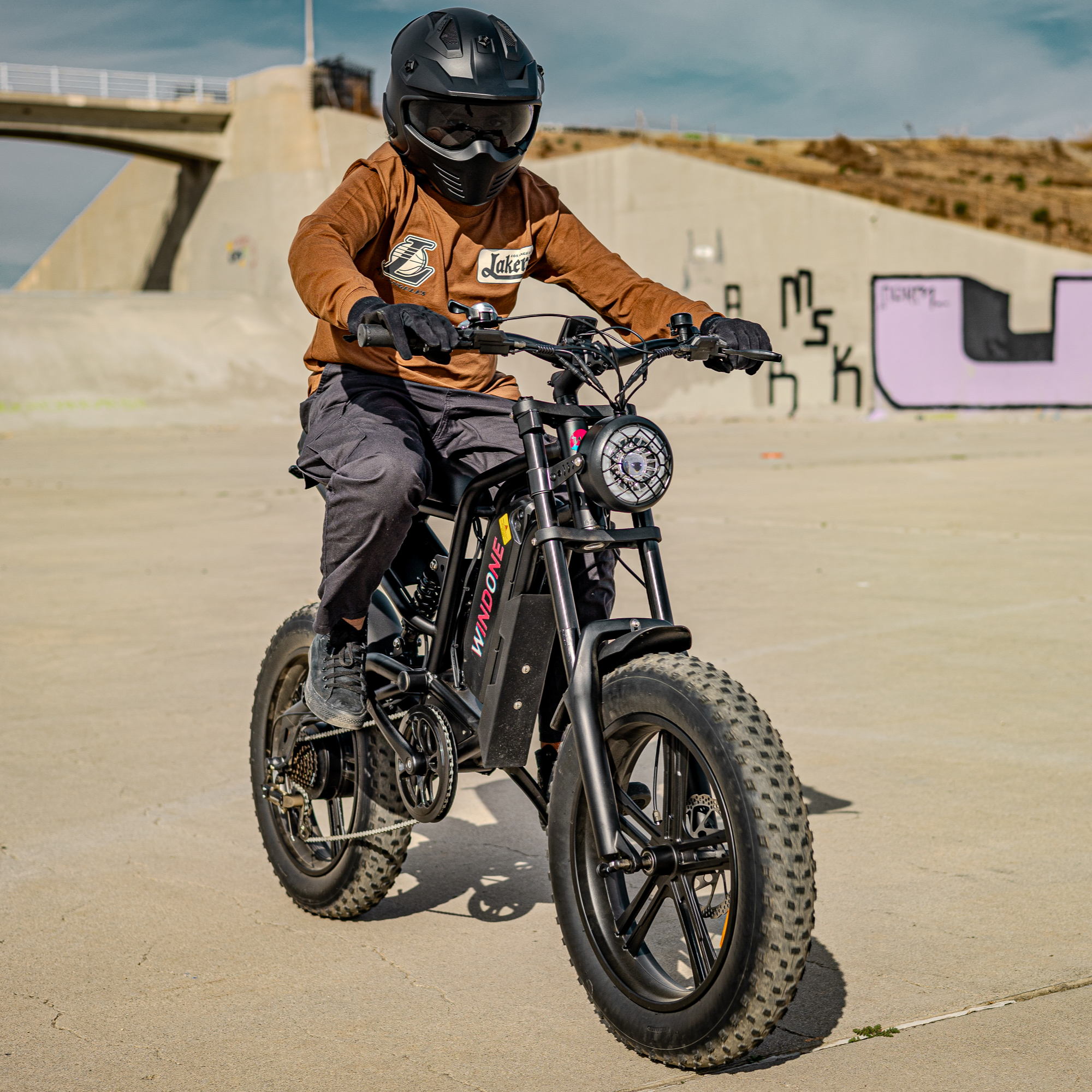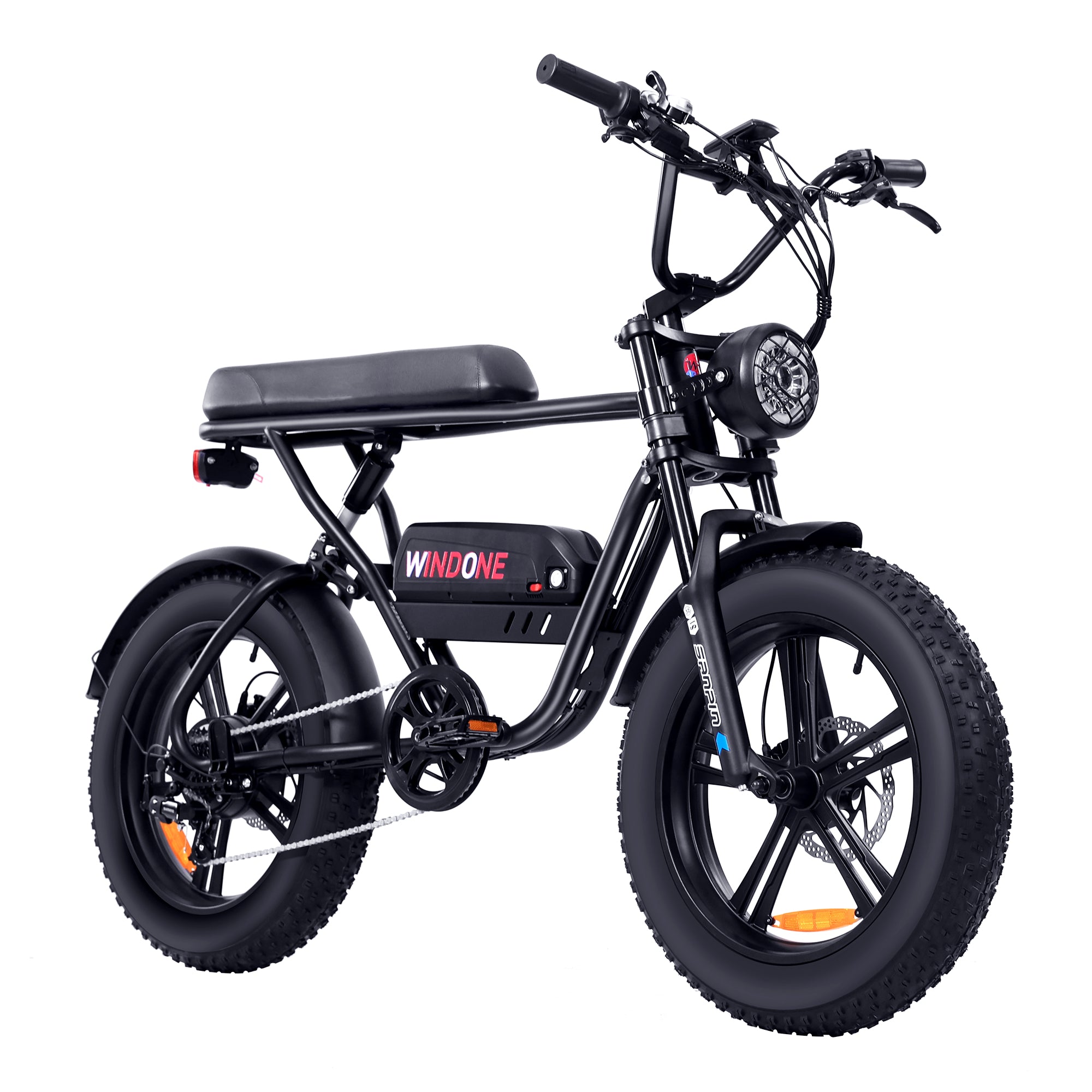Introduction
Lately, eBikes have become super popular. They promise easy rides & better commuting, catching the eye of both hardcore cyclists and casual riders. But how do they compare to old-school bikes? We’ll look into the pros and cons of eBikes traditional bikes to help you figure out which one might be best for you.
The Advantages of eBikes
eBikes offer lots of cool benefits. From making commutes easier to being good for the environment, let's check out the top perks.
Ease of Commute
One major plus is how eBikes make commuting a breeze.
Assisted Pedaling: The electric motor helps you pedal, making it a snap to ride up hills or against the wind without sweating buckets.
Speed: Most eBikes can go faster than regular bikes, often hitting 20-28 mph with the motor's help, cutting down travel time.
Reduced Strain: For folks with physical issues, eBikes make it possible to ride without hurting joints or muscles.
Environmentally Friendly
Even though they have batteries, eBikes are still greener than cars.
Lower Emissions: They produce hardly any emissions & are a better choice than gas-guzzling vehicles.
Electric Charging: Charging them uses way less energy compared to what a car needs, helping you lower your carbon footprint.
Practicality and Versatility
eBikes fit easily into everyday life.
Cargo Capacity: Many can carry more stuff, perfect for grocery runs or transporting goods.
Commuter Friendly: With assisted pedaling, longer commutes aren’t as tough, making them great for city life.
"eBikes strike a balance between effort and ease, blending the joy of cycling with the convenience of a motorized vehicle."
Drawbacks of eBikes
While they have many benefits, eBikes come with their own set of challenges too.
Cost
Price is a big factor when looking at eBikes.
Initial Investment: Typically more expensive than regular bikes—costing from a few hundred to several thousand dollars.
Maintenance Costs: More complicated means more expensive repairs; parts like batteries might need replacing over time.
Weight and Portability
The extra parts add weight & affect portability.
Heavier Build: Generally heavier than traditional bikes—harder to carry upstairs or lift onto racks.
Storage Needs: Might need more careful storage due to size and weight.
Limited Exercise
Not ideal if you want a serious workout.
Reduced Physical Activity: The motor reduces effort needed; might not give as good a cardio workout as regular bikes.
Dependency on Power: You might get stuck if the battery dies during a ride—which is no fun!
The Benefits of Traditional Bikes
Old-school bikes are classics for a reason. Their simplicity and efficiency bring lots of perks too:
Exercise and Health
Riding a regular bike gives you a solid workout that’s great for overall health.
Full-Body Workout: Cycling works different muscle groups—provides full-body exercise.
Cardiovascular Health: Regular rides improve heart health, lung capacity & stamina.
Simplicity and Reliability
Traditional bikes are simple and reliable:
Easy Maintenance: Cheaper and easier to fix; many folks do basic repairs themselves.
No Battery Worries: No battery means no risk of running out of power mid-ride.
Cost-Effective
Money-wise, traditional bikes have an edge:
Lower Initial Cost: More affordable—lots of models to fit different budgets.
Minimal Ongoing Costs: No motor or battery means no charging costs or complex fixes.
Downsides of Traditional Bikes
Still, traditional bikes have some downsides compared to eBikes:
Physical Demand
Riding them requires more effort:
Challenging Terrain: Hills & long distances can be tough and discourage some riders.
Fatigue: Constant pedaling can tire you out quicker—making long rides daunting.
Slower Commutes
For daily commuters, regular bikes might be slower:
Speed Limitations: Without motor help, generally slower—might mean longer commute times.
Weather Impact: Riding against strong winds or in bad weather is tougher with no motor assistance.
Conclusion
Choosing between an eBike & a traditional bike depends on your needs and situation:
eBikes offer convenience, speed & versatility—a good option for commuters seeking an easier ride. But higher costs & weight might turn some away.
On the flip side, traditional bikes are loved for simplicity, affordability & providing a stronger workout. Perfect for those who love pure cycling and its health benefits.
"Whether you choose an eBike or a traditional bike, the most important thing is that you get out there and enjoy the ride."
Ready to decide? Think about these factors carefully—consider your lifestyle. Maybe even take both types for a test spin before settling on one!









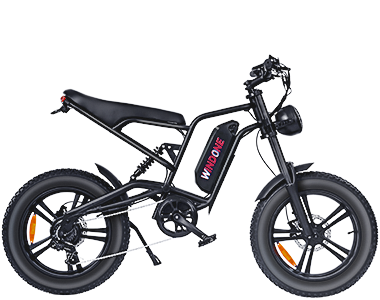
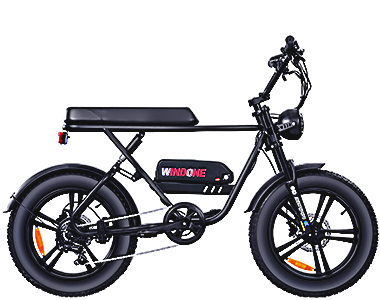
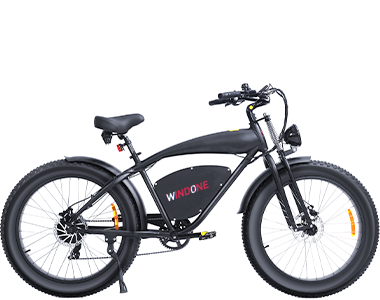
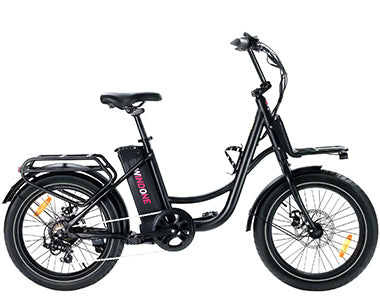
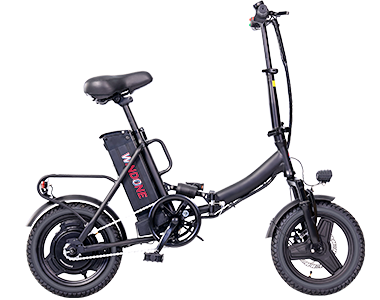
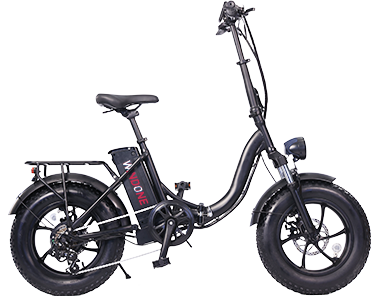


 Electric Inflator Pump
Electric Inflator Pump
 Ebike Locks
Ebike Locks
 Phone Holder
Phone Holder
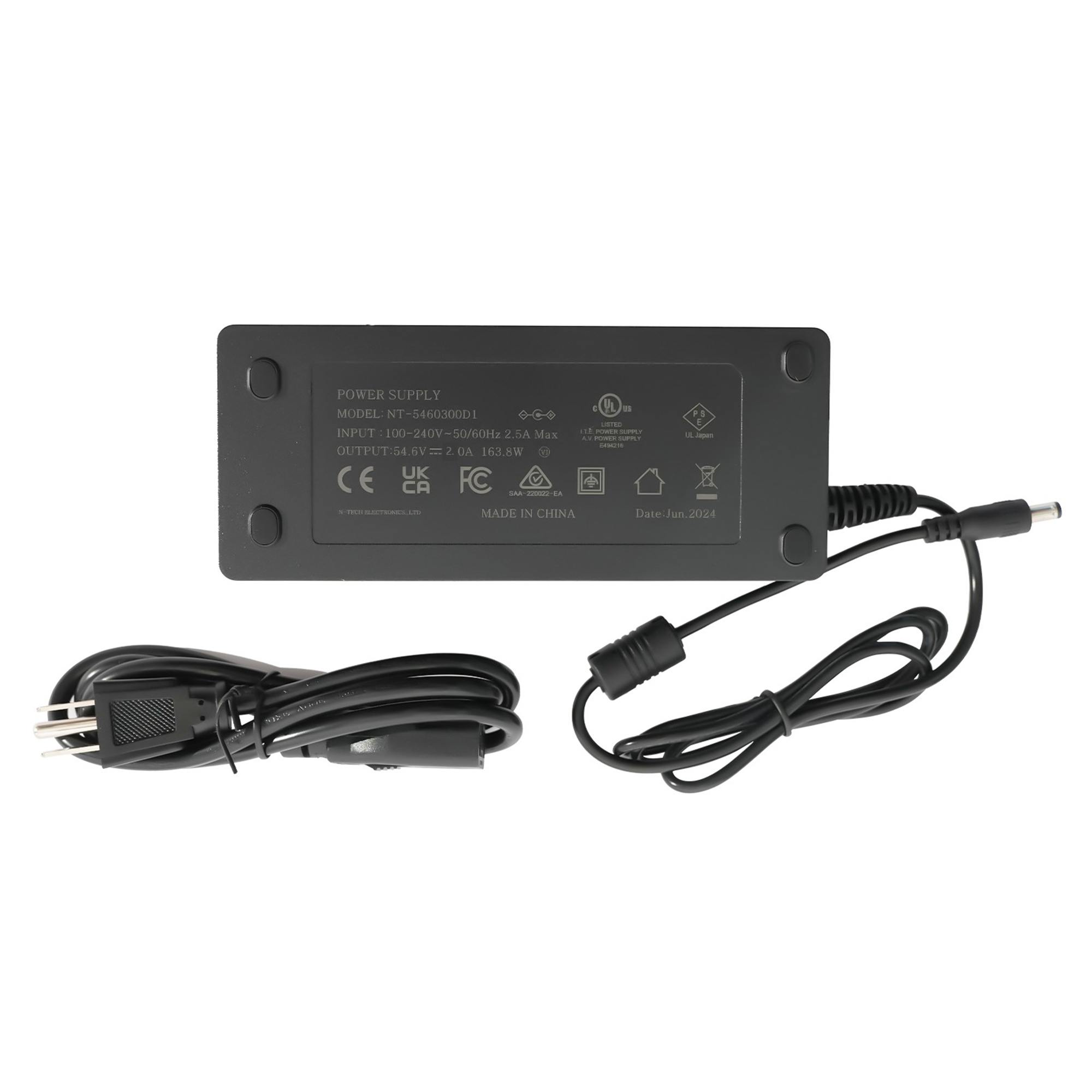
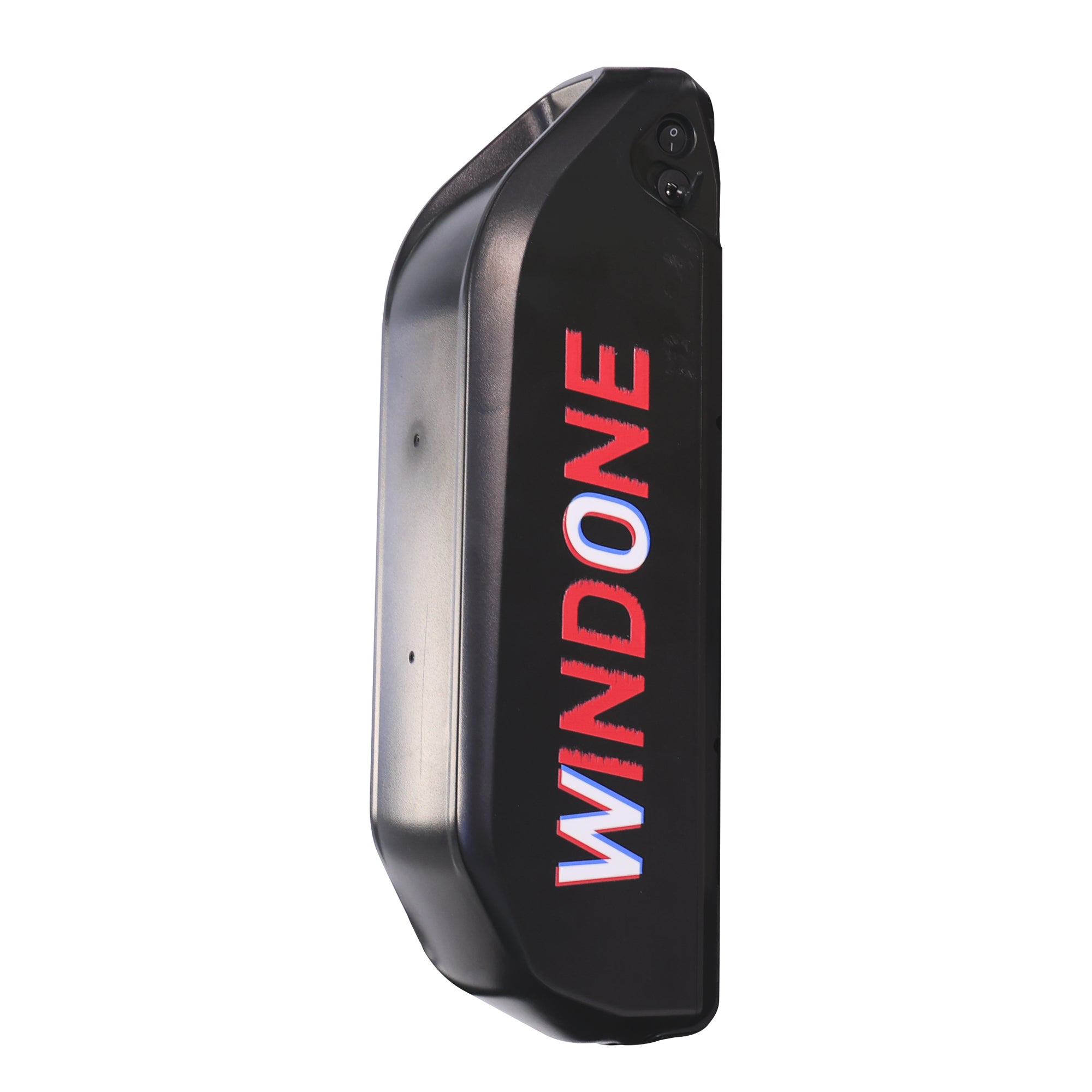
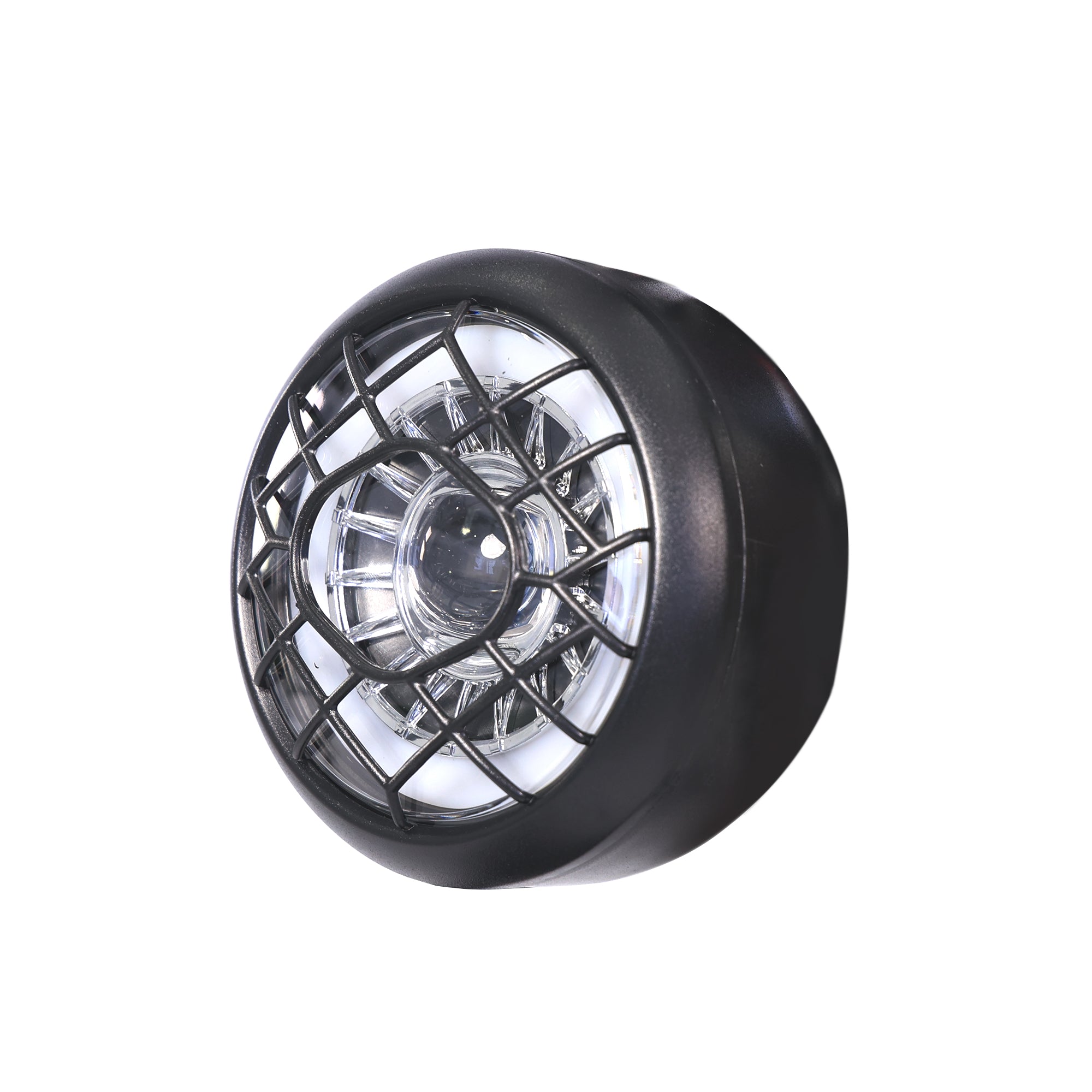
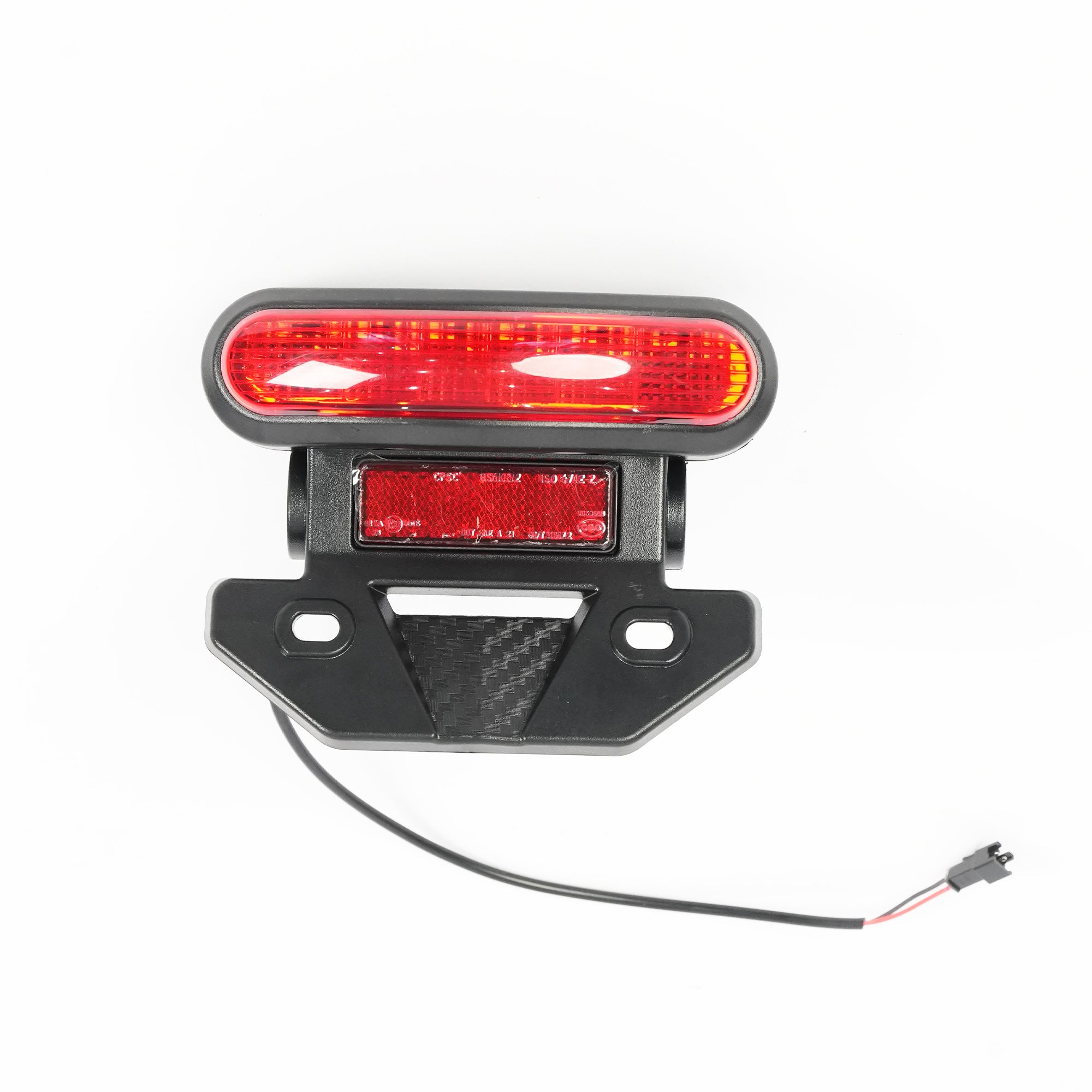
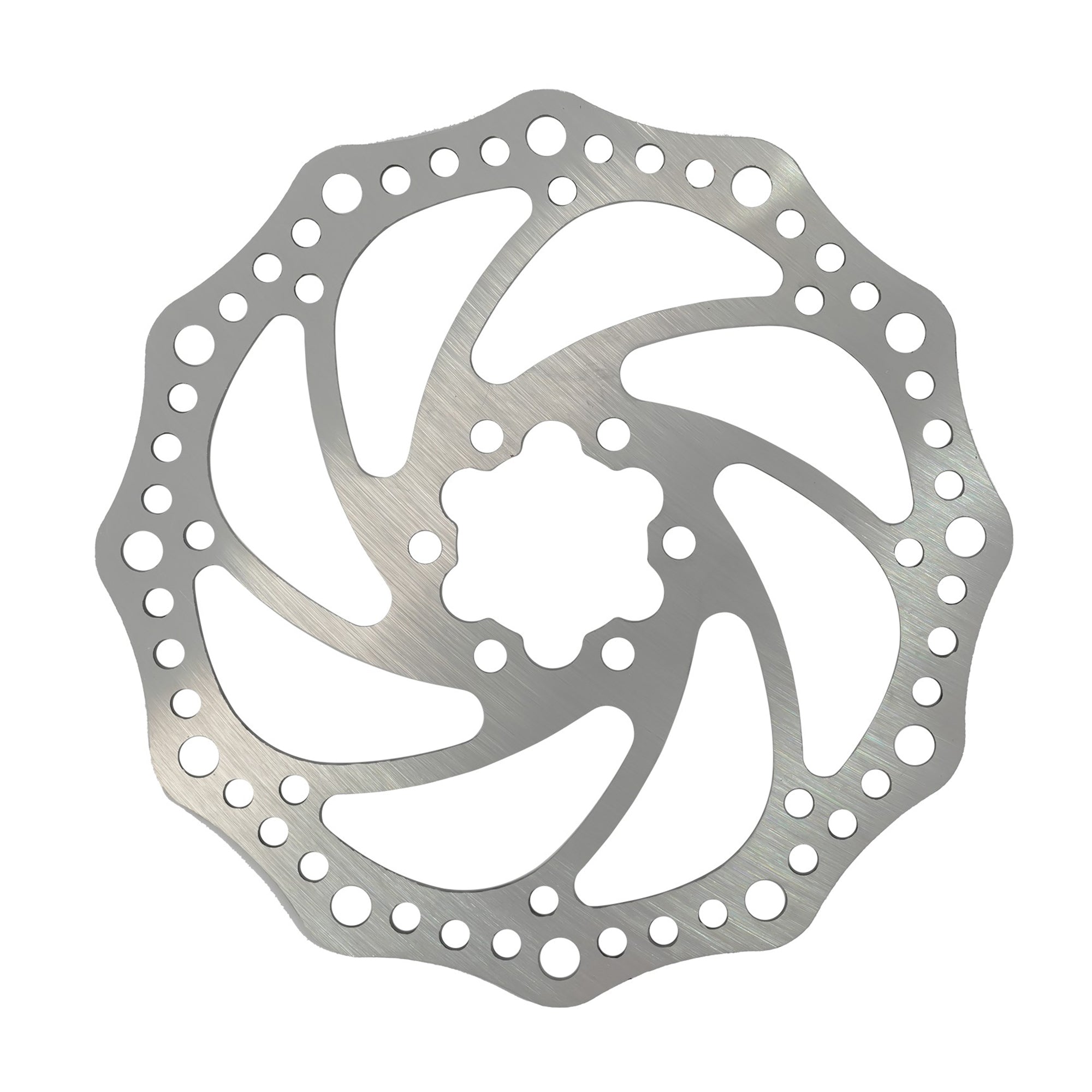
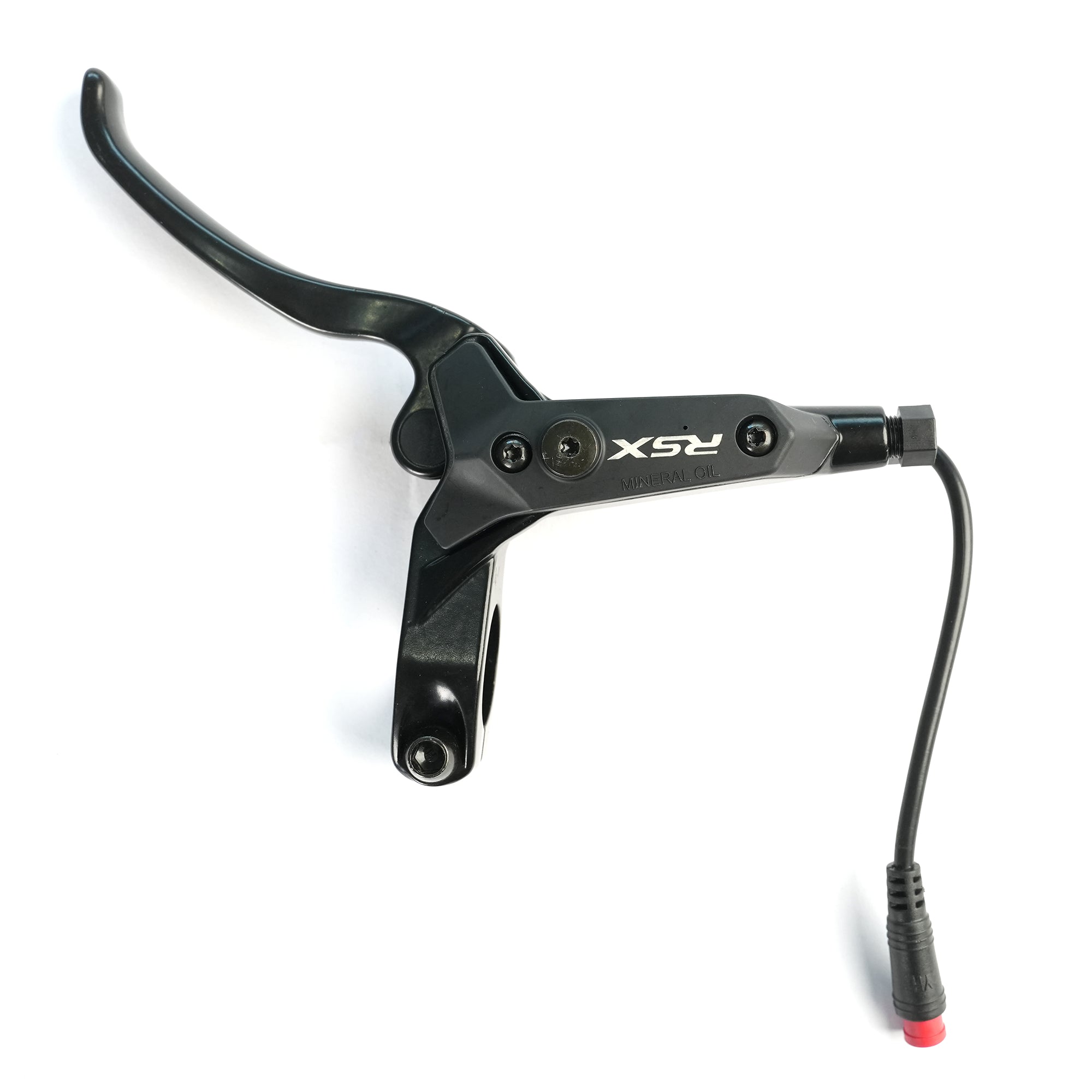
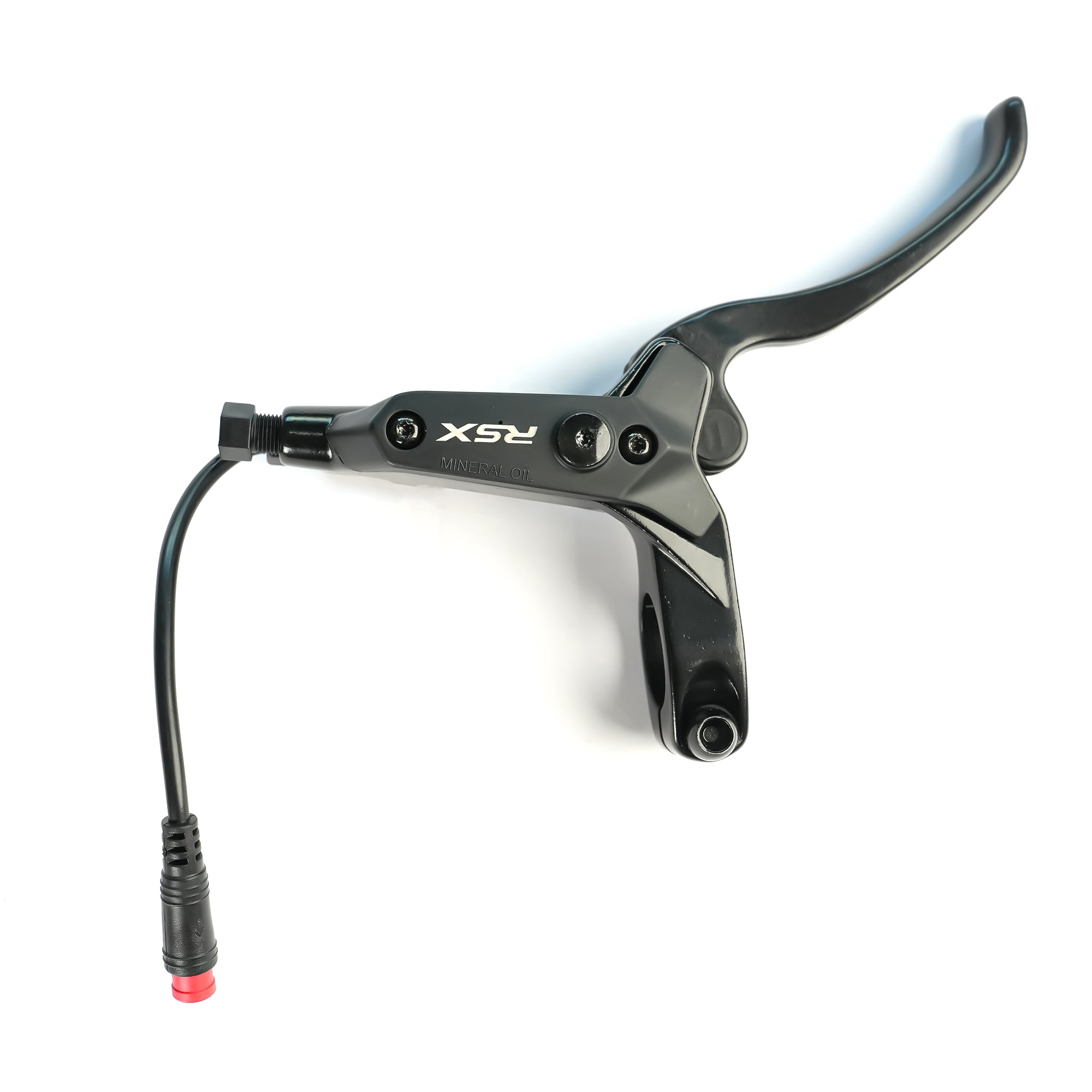
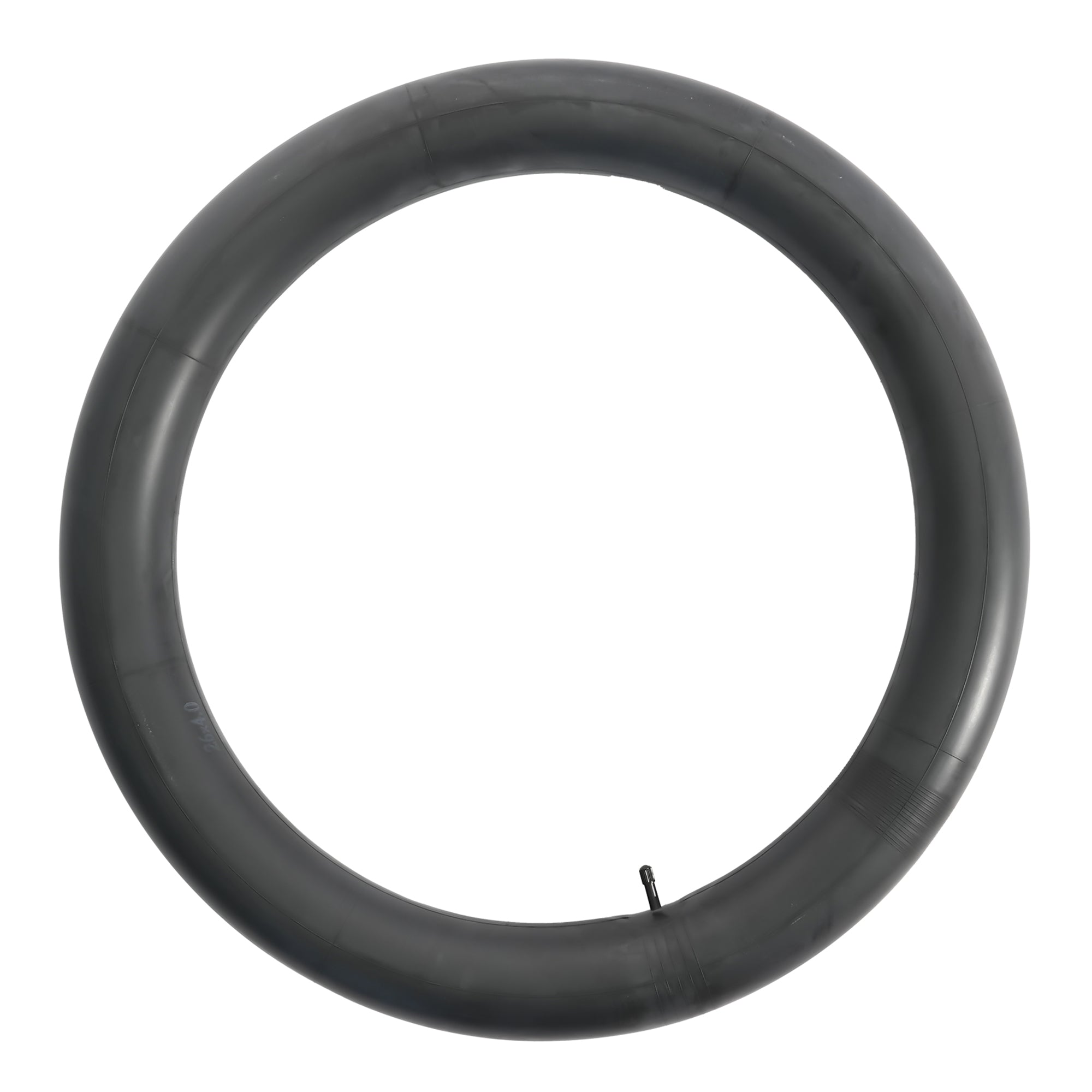
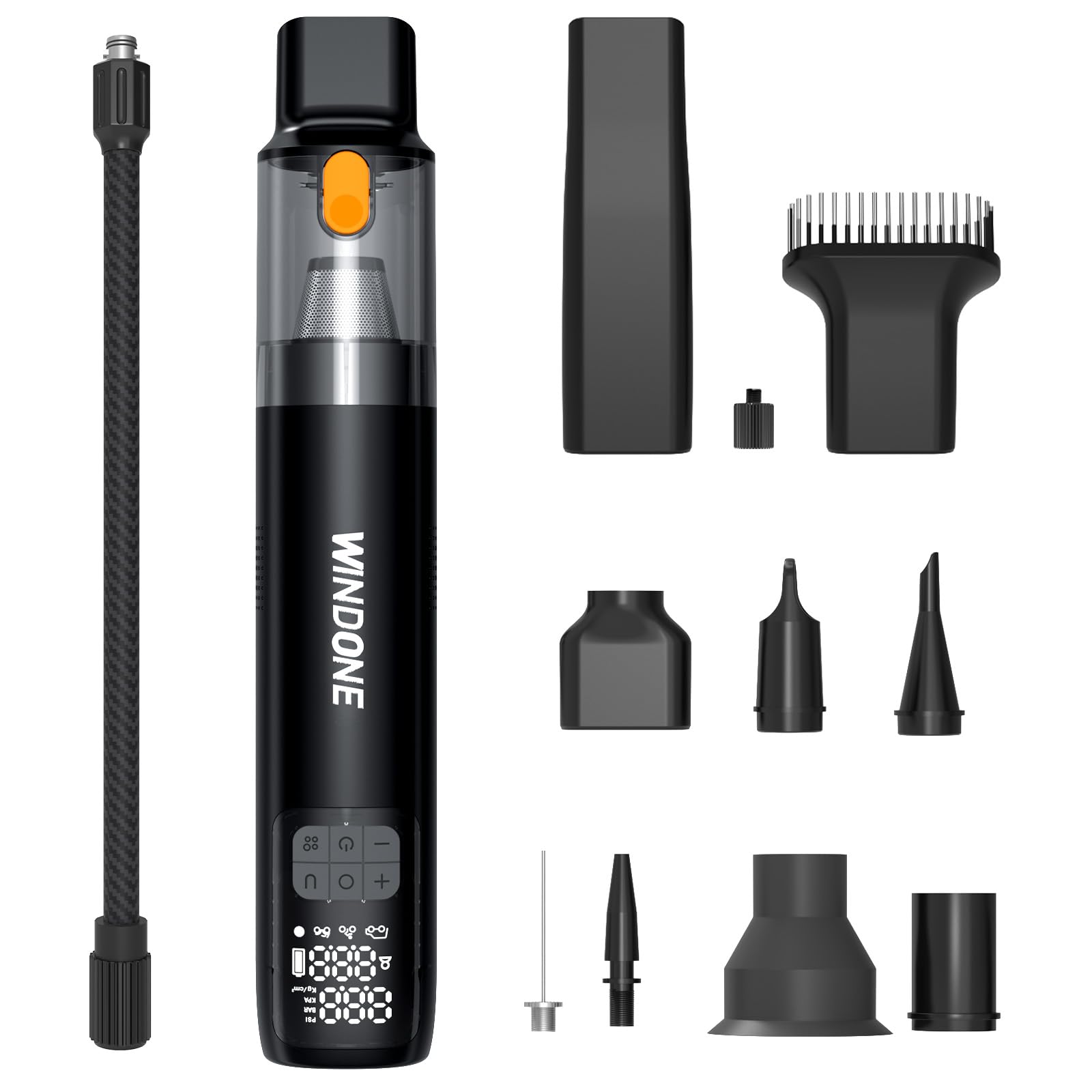
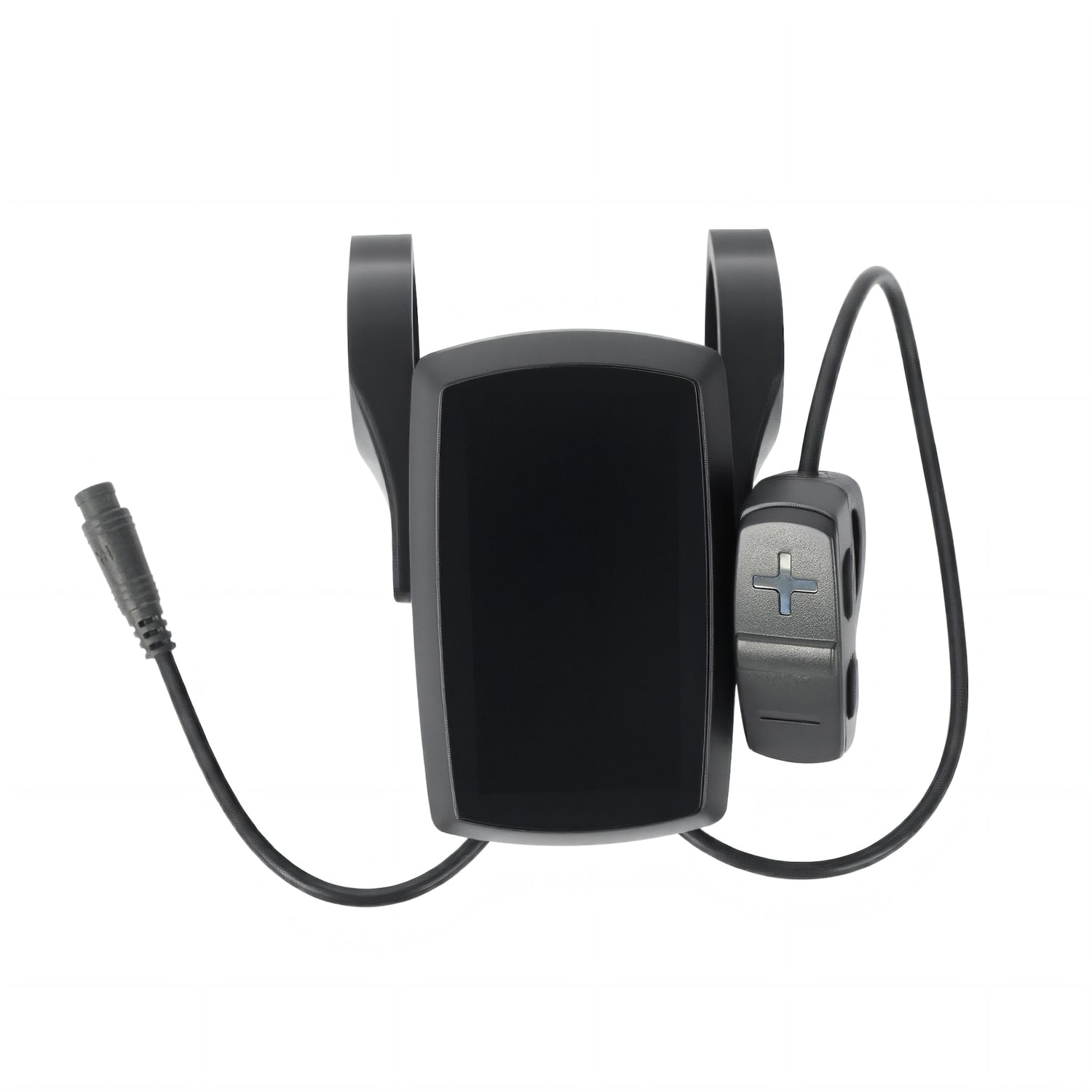
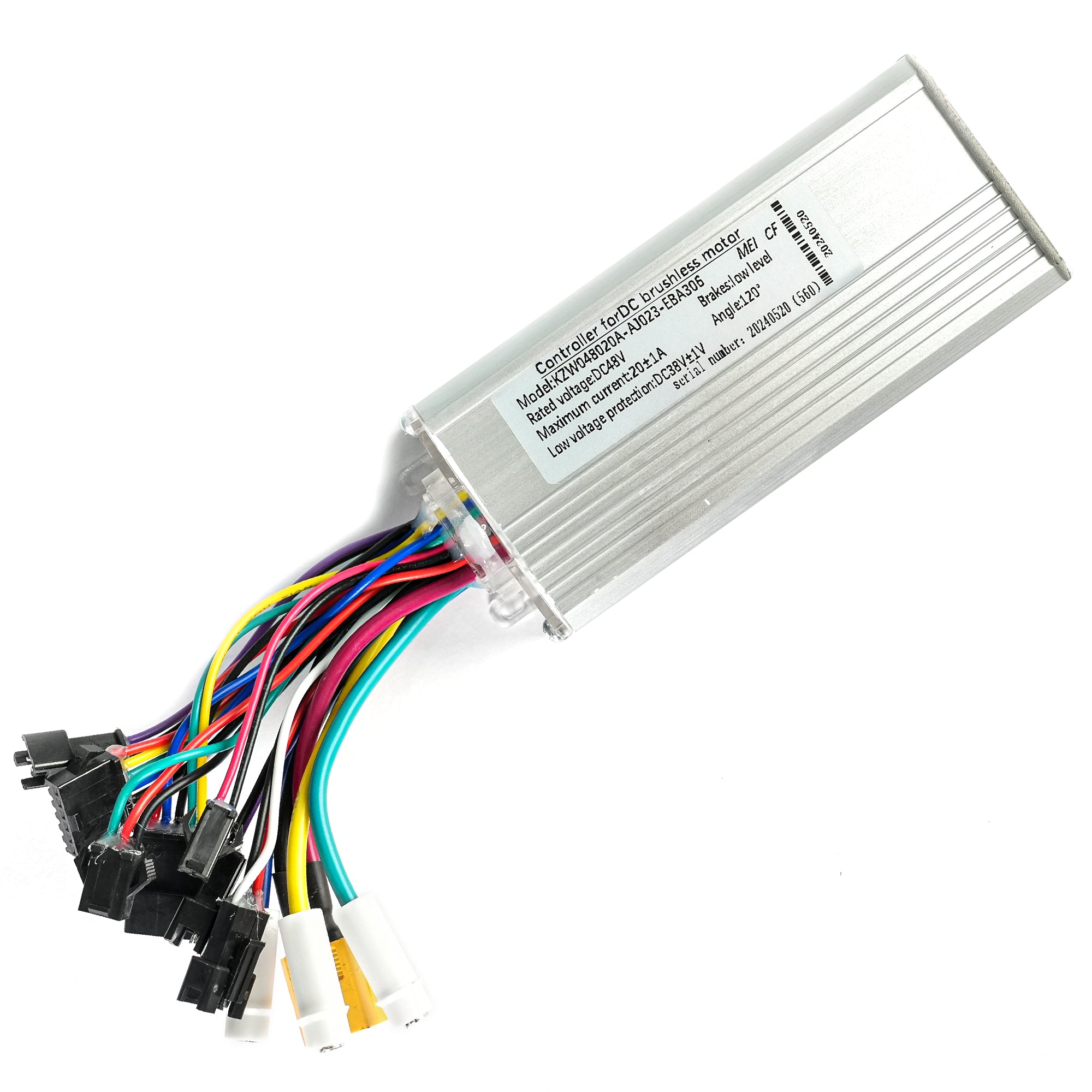
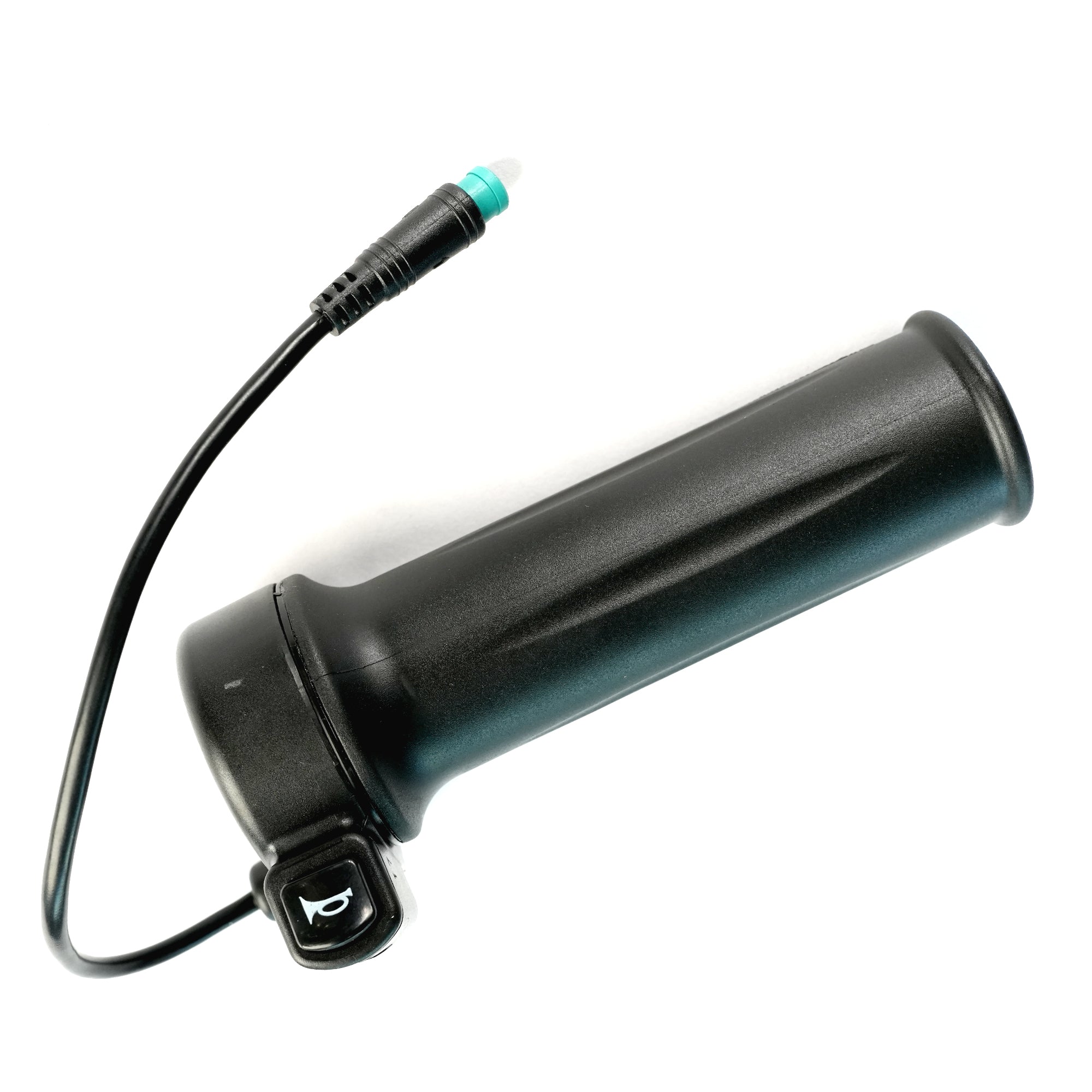
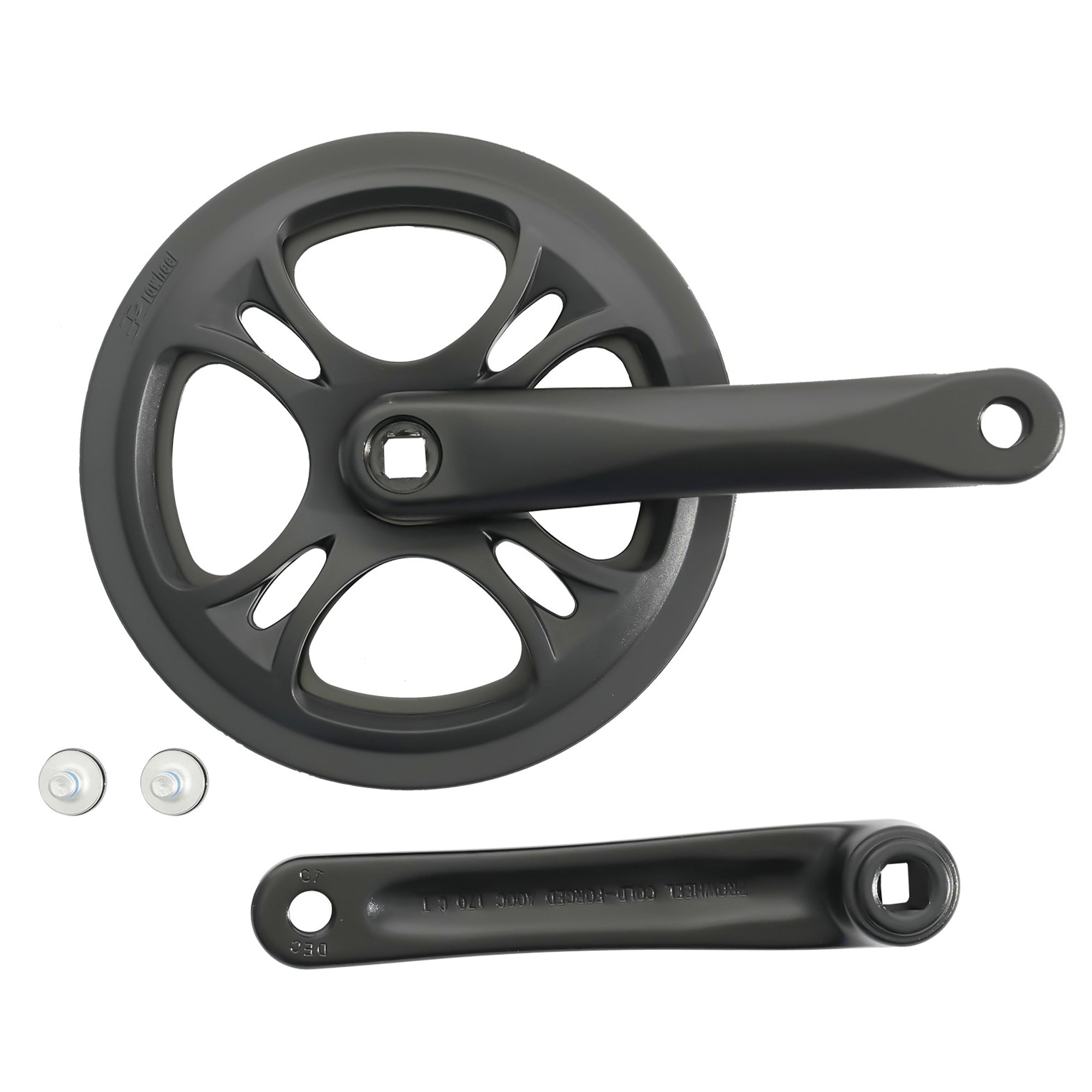
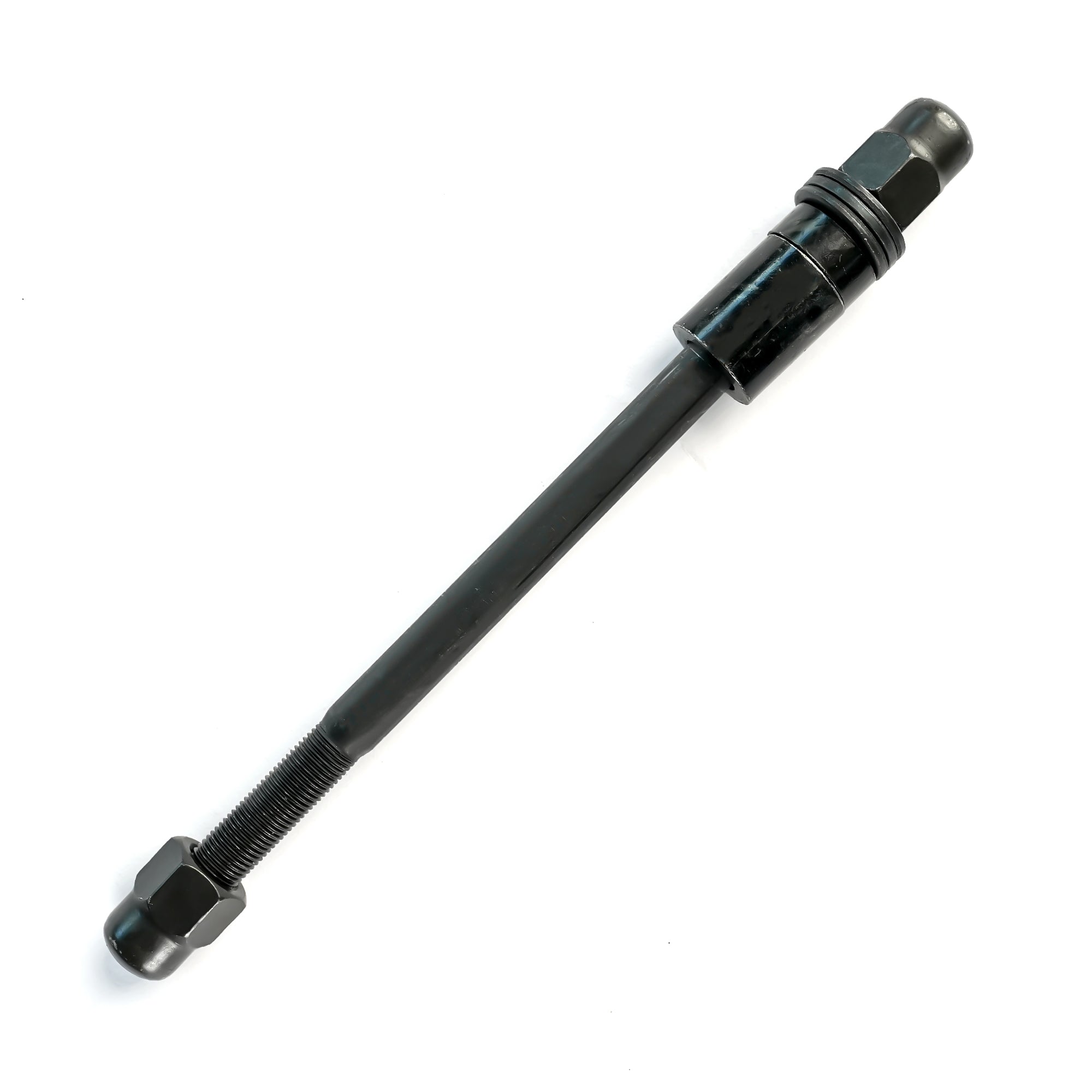
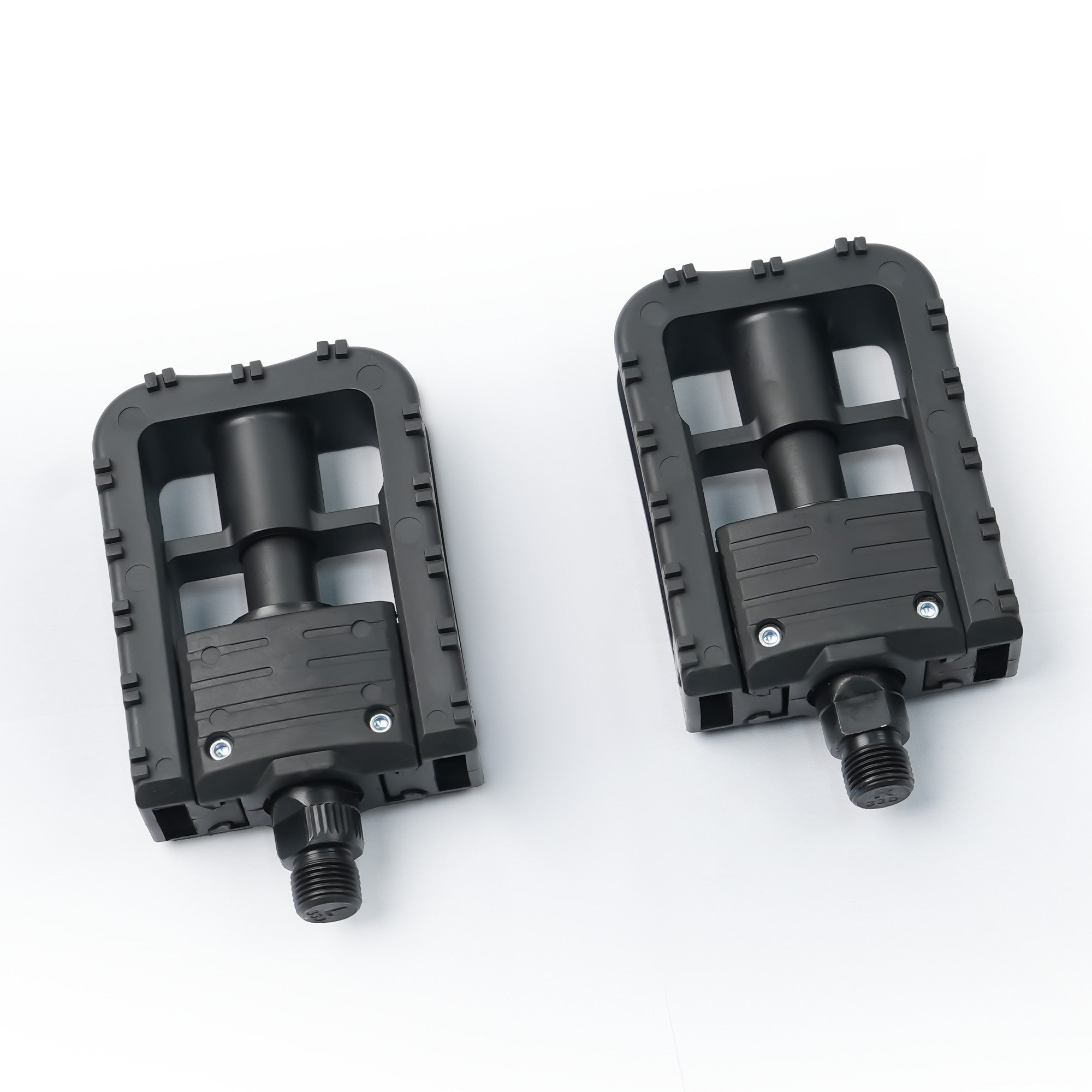
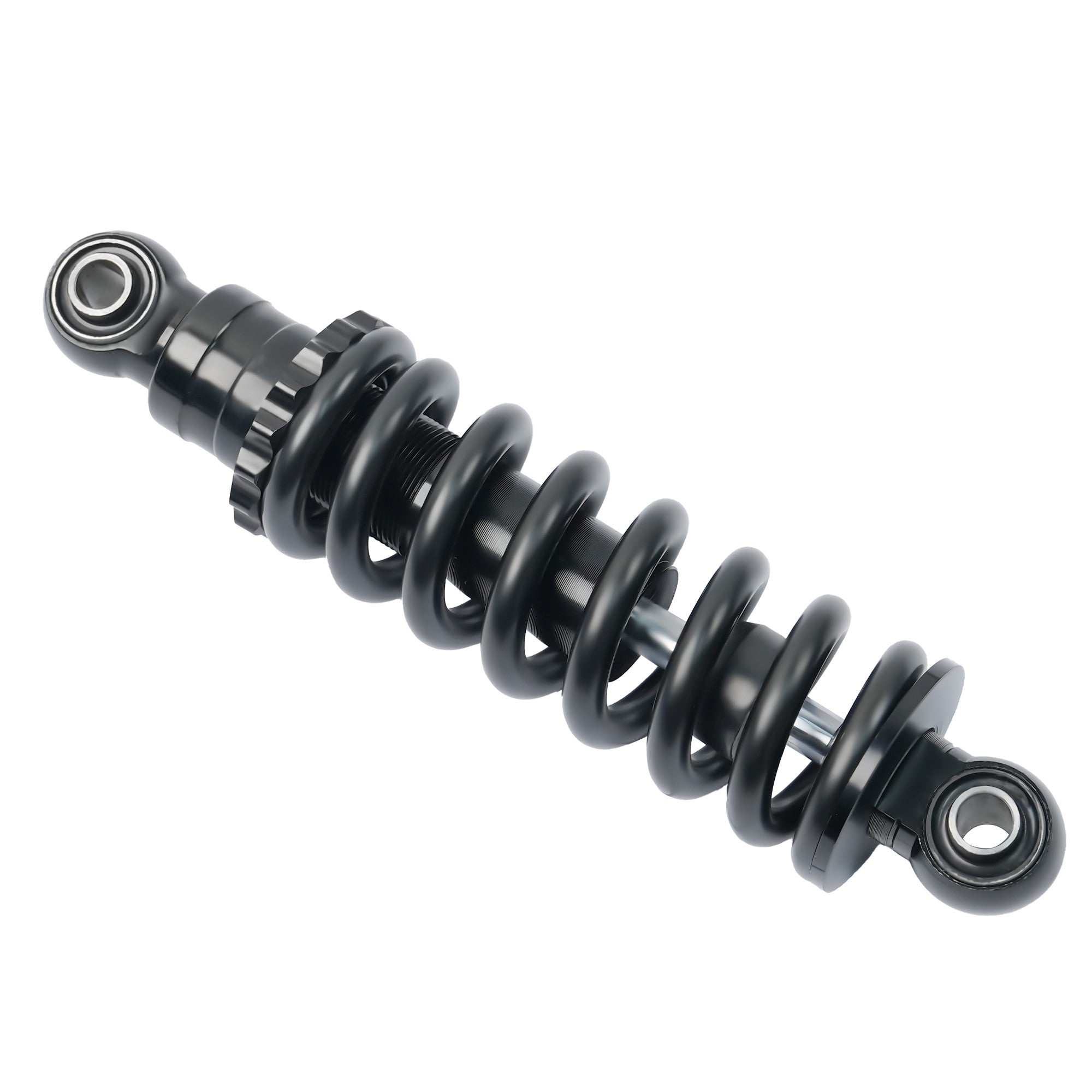
 Payment
Payment Afterpay Financing
Afterpay Financing Warranty
Warranty Shipping Policy
Shipping Policy Exclusive Discounts
Exclusive Discounts Track Your Order
Track Your Order Return & Refund
Return & Refund Referrals & Membership
Referrals & Membership User Manual
User Manual Contact Us
Contact Us FAQs
FAQs